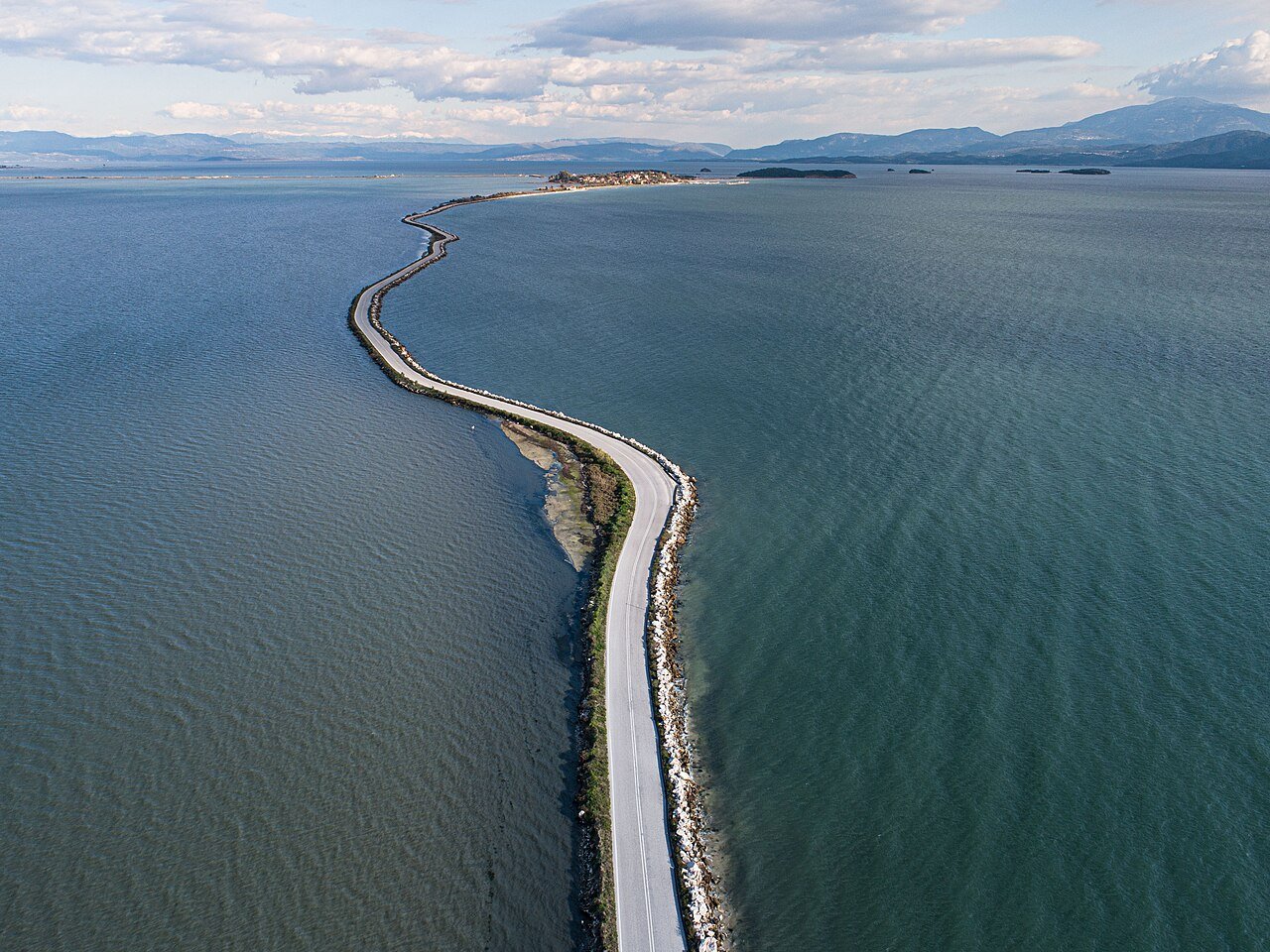
New underwater footage sheds light on the secret wildlife of Greece’s ambracian gulf. Credit: Wikimedia Commons / Andreas Markou / CC BY SA 4-0
The calm waters of Greece’s Ambracian Gulf are giving way to a vivid underwater story, with new footage uncovering life rarely seen. Researchers have returned to the gulf repeatedly since last year, lowering their cameras into the water on eighty seven separate occasions.
Each new deployment adds another chapter to the archive, revealing details that scientists could not fully grasp before. Bit by bit, the growing collection is helping them understand the true depth and complexity of the gulf’s biodiversity.
Through the ByElasmoCatch program, the environmental organization iSea has now gathered more than 110 hours of underwater footage, slowly piecing together a visual story of the marine creatures that inhabit this remarkable ecosystem.
A marine world full of activity in Greece’s Ambracian Gulf
The footage reveals a habitat rich with movement and diversity. Rays glide close to the seabed, sharks appear in deeper channels, and countless other organisms form a vibrant and interconnected web of life.
These discoveries support iSea’s wider research efforts, which include sampling at ports and working alongside fishing crews to document species presence and behavior.
All of the findings emphasize the ecological value and environmental sensitivity of the Ambracian Gulf.
Greece’s Ambracian Gulf as a safe haven for threatened species
The research confirms that nine ray species and one shark species live in the gulf. Many of these animals are listed as threatened or critically endangered in the Mediterranean. Because of this concentration of vulnerable species, the region has been designated an Important Shark and Ray Area, one of the highest conservation classifications in Greece.
The Ambracian Gulf also serves as a crucial breeding and nursery habitat. Several species rely on its protected waters for survival, including the critically endangered common guitarfish, the critically endangered blackchin guitarfish, and the threatened tope shark. The stability of the gulf is essential for their long-term survival.
Research shared with the scientific community
iSea recently presented its most recent findings at the European Elasmobranch Association Conference. The organization shared new footage and ecological insights, including observations of behavior, movement patterns, and habitat preferences. These contributions aim to support stronger conservation measures and guide sustainable management efforts.
Every hour of recorded video adds valuable information to help scientists better understand how these species live, reproduce, and move within their environment.
A Greek habitat that needs continued protection
The Ambracian Gulf remains one of Greece’s most important wetland systems and a refuge for marine life that depends on long-term monitoring. Through its continuous research, iSea demonstrates how scientific investigation and environmental stewardship can work together to protect vulnerable species.
Thanks to underwater cameras, this once-hidden ecosystem is more visible than ever. Its message is unmistakable. Protection is both necessary and urgent.
